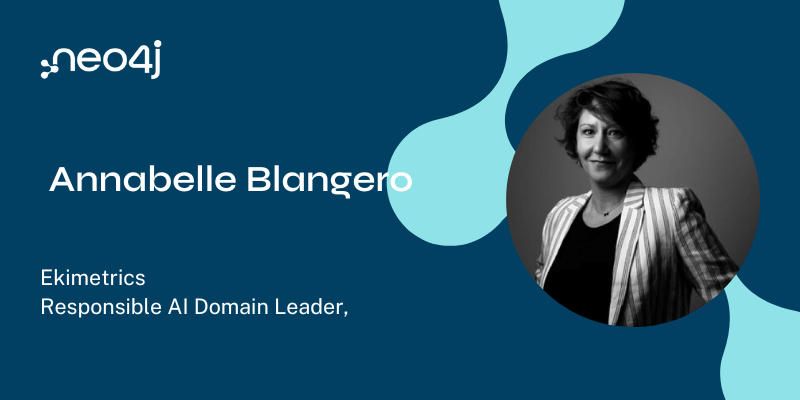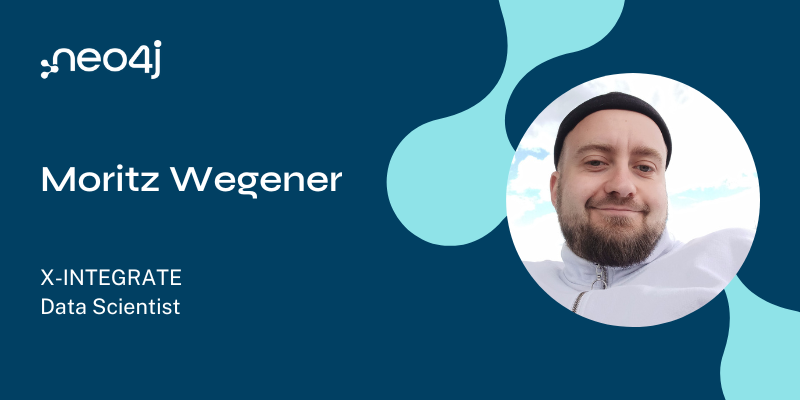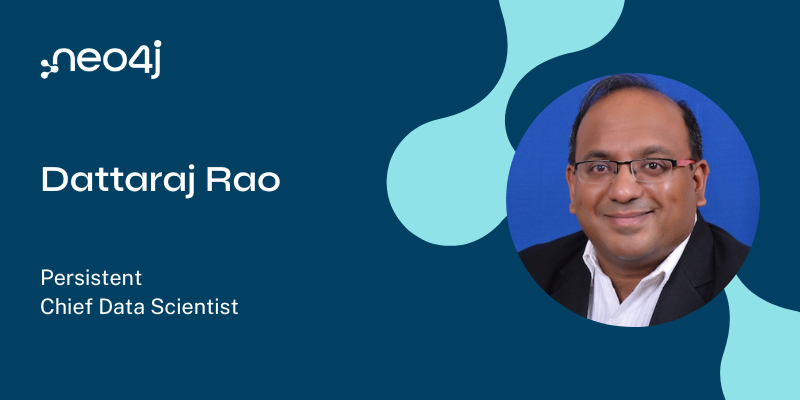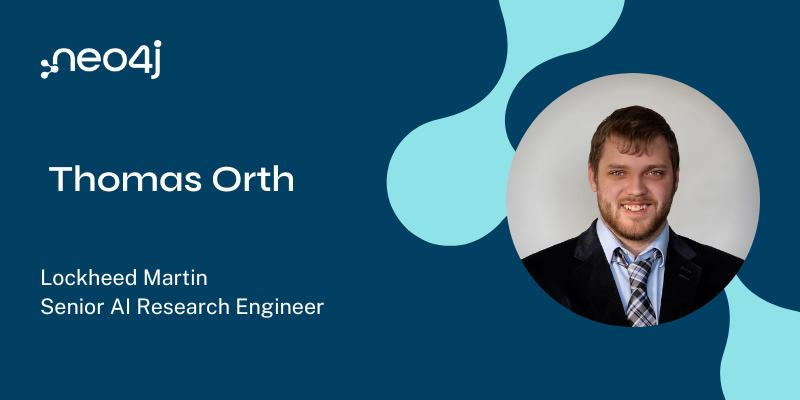This Week in Neo4j: Healthcare, Energy Distribution, AI, Cloud, Java & Quarkus, Graph for Beginners, and More

Sr. Manager, Developer Community
3 min read
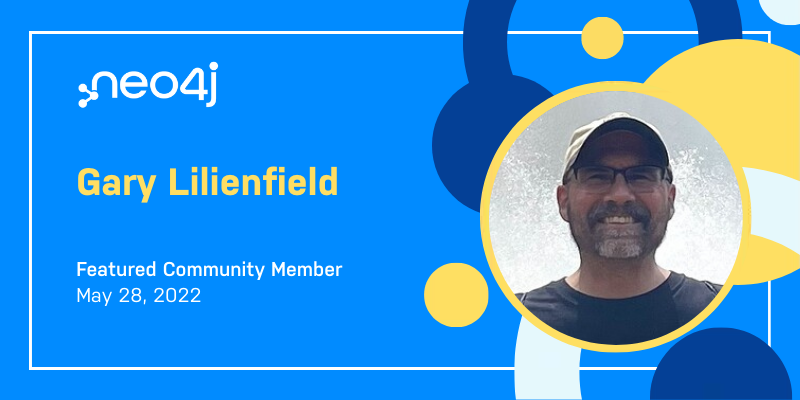
We are very proud to announce the 2022 Neo4j Connected Data Fellowship in partnership with the International Consortium of Investigative Journalists (ICIJ).
The fellowship, first initiated in 2017, is inspired by the ability of graph databases to strengthen reporting and help journalists understand large datasets. This technology was essential in uncovering ICIJ’s prize-winning investigations, including the Panama Papers, Pandora Papers, and the FinCEN Files. The 2022 fellowship brings an independent, dedicated data scientist to work with the ICIJ to help make sense of complex data and promote greater transparency.
The ICIJ has begun their search for the 2022 Connected Data Fellow. The role, description, and application can be found here. Please let your friends know about it!
Cheers,
Yolande Poirier
P.S.: We are still offering a special GraphConnect rate for our community. Join us and tell your friends to register with the code: Community50.
FEATURED COMMUNITY MEMBER: Gary Lilienfield
Gary is an IT veteran who has worn many hats over the years. He discovered Neo4j graph database while evaluating options for a Java application with an angular front-end, and came to realize the power and simplicity of Neo4j and the Cypher query language. Gary generously gives very helpful advice to anyone in the community. Thank you, Gary – our members greatly appreciate your helping hand!

HEALTHCARE: Getting FHIR’ed Up With a Graph Database
Ruchika Kharwar uses graph technology to study patient data. She created a knowledge graph with synthetic data and explores it with Neo4j Bloom using Cypher queries.
JAVA & QUARKUS OGM: How to Search Full-text in Neo4j
Sebastian discusses how full-text indexes and other search mechanisms work. He explores interesting ways of using index queries and integrates the results into a Java application.
NEO4J LIVE: Doctor.AI
NEO4J CLOUD: Construct a Knowledge Graph
INTRODUCTION: Graph Analytics
Mehul Gupta describes what graph databases are and how to set one up. In his second article, he demonstrates how different path-finding algorithms in GDS can be used to solve a data science problem – analyzing an airline network – with varying results.
ENERGY DISTRIBUTION NETWORK: The Power of Graphs
Laura Di Egidio connects to Neo4j with Galileo.XAI to simulate the impact of the breakdown of an energy distribution network node and calculate the allocation percentages of the network links. She applies Graph Data Science algorithms to analyze the graph globally to find individual nodes or sets of interesting nodes to focus on.
TWEET OF THE WEEK: @Septicor
Don’t forget to retweet if you like it!
Artists: I will show off my talents by showing my art to the world
Musicians: I will play my music and hope many enjoy
Writers: Here is my latest story, and I hope you enjoy
Me: …
… I started working on putting Final Fantasy 7 information into a Neo4j graph database. :/ pic.twitter.com/oWeMB2GsQB
— Chris Septicor (@Septicor) May 23, 2022
In Case You Missed It:
A new video with Michael and Alexander reveals how Neo4j AuraDB Free can be used with a Goodreads dataset. Watch it.
The Neo4j Under The Hood series has now released seven short videos explaining graph concepts. Check it out.
Watch Ghlen Nagels, founder of Laudis, and Florent Biville in the seventh episode of the deep dive series on the PHP client. Check it out.





